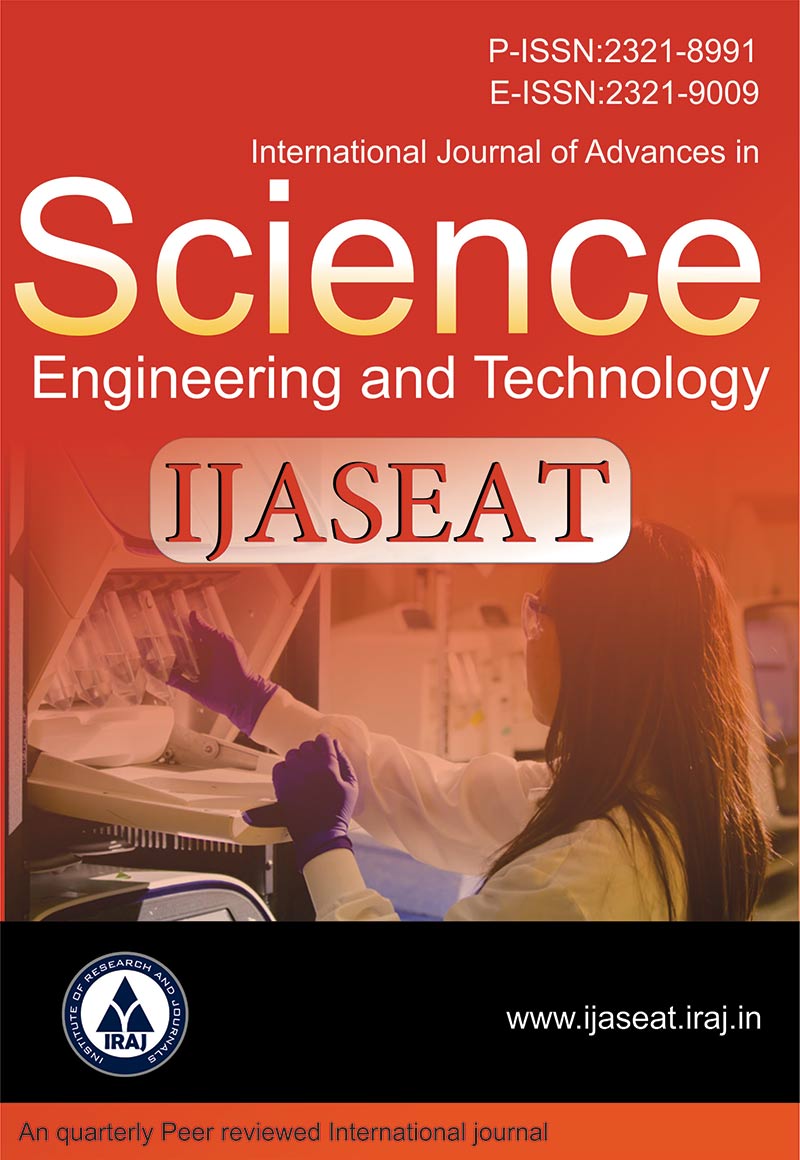Publish In |
International Journal of Advances in Science, Engineering and Technology(IJASEAT)-IJASEAT |
 Journal Home Volume Issue |
||||||||
Issue |
Volume-3, issue-4, Spl. Iss-3 ( Oct, 2015 ) | |||||||||
Paper Title |
Quantitative Analysis Of Lactobacillus SPP. And Bifidobacterium SPP. Among Type 2 Diabetes Individuals Receiving A Microbial Cell Preparation Supplement, A Randomized Controlled Trial | |||||||||
Author Name |
Somayyeh Firouzi, Hazreen Abdul Majid, Amin Ismail, Kamaruddinnor Azmi, Mohd Y. Barakatun-Nisak | |||||||||
Affilition |
Department of Nutrition and Dietetics, Faculty of Medicine and Health Sciences, University Putra Malaysia, Selangor, Malaysia Centre for Population Health and Department of Social and Preventive Medicine, Faculty of Medicine, University of Malaya, Kuala Lumpur, Malaysia Department of Medicine, Faculty of Medicine, University Kebangsaan Malaysia, Kuala Lumpur, Malaysia | |||||||||
Pages |
154-160 | |||||||||
Abstract |
Aim: Thegut microbiota composition of Type 2 Diabetes individuals is linked with insulin resistance. In animal studies and human clinical trials, different strains of Lactobacillus and Bifidobacteriumcould exert beneficial effects on glycemic control. However, the quantities of Bifidobacterium and Lactobacillusin the fecal sample of individuals with Type 2 Diabetes have not yet been determined. Therefore, this randomized, double-blind, controlled clinical trial aimed to determine the quantities of Bifidobacterium and Lactobacillus in fecal samples of individuals with Type 2 Diabetes receiving a multistrain microbial cell preparation. Method: A total of 40individuals with Type 2 Diabetes, aged 30-70 years old, were randomly assigned to receive either multistrain (3 strains of Lactobacillus and 3 strains of Bifidobacterium) microbial cell preparation (probiotic)(n=20) or placebo (n=20) for 12 weeks. Plate count method was used to quantify the Lactobacillus and BifidobacteriumColony Forming Units (CFUs) in fecal sample before and after intervention. Phenotype and genotype methods were utilized to confirm the accuracy of the counted colonies. General linear model analysis of variance was conducted on data considering grouping as between factor effect. Results: Subjects were comparable at baseline characteristics. Mean fasting blood glucose andglycated hemoglobin were higher than the target goal. The quantities of Lactobacilluswere1.8×107 ±0.7×107CFU/gr and6.4×106 ± 1.1×106CFU/grin the Placebo Group and Probiotic Group, respectively. The quantities of Bifidobacteriumwere2.7×106 ± 5.2×106and3.4×106 ± 0.2×106inthe Placebo Group and Probiotic Group, respectively. The increase in CFUs of Lactobacillus was not significant in Placebo Group, but it increased significantly in Probiotic Group. While the CFUs of Bifidobacterium increased marginally (almost 2-fold) in the Placebo Group, they increased significantly (4.5-fold) in the Probiotic Group Conclusion - The multistrain probiotic supplement had successfully passed through the gastrointestinal tract. Keywords - Lactobacillus spp., Lactobacillus spp., gut microbiota, Type 2 Diabetes Mellitus. | |||||||||
| View Paper | ||||||||||